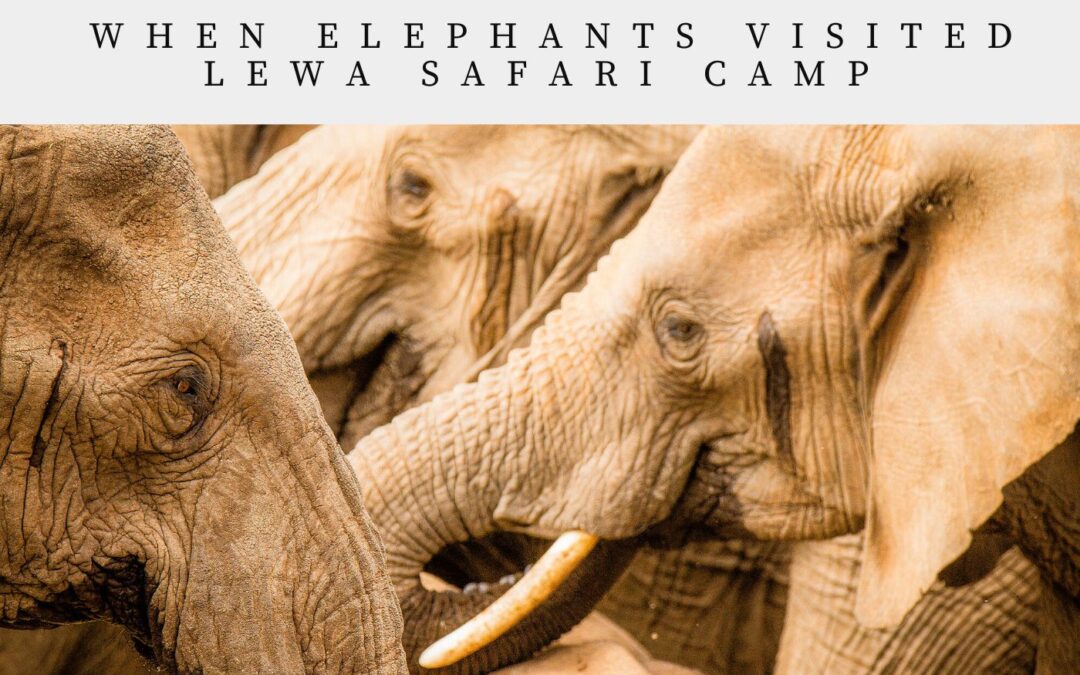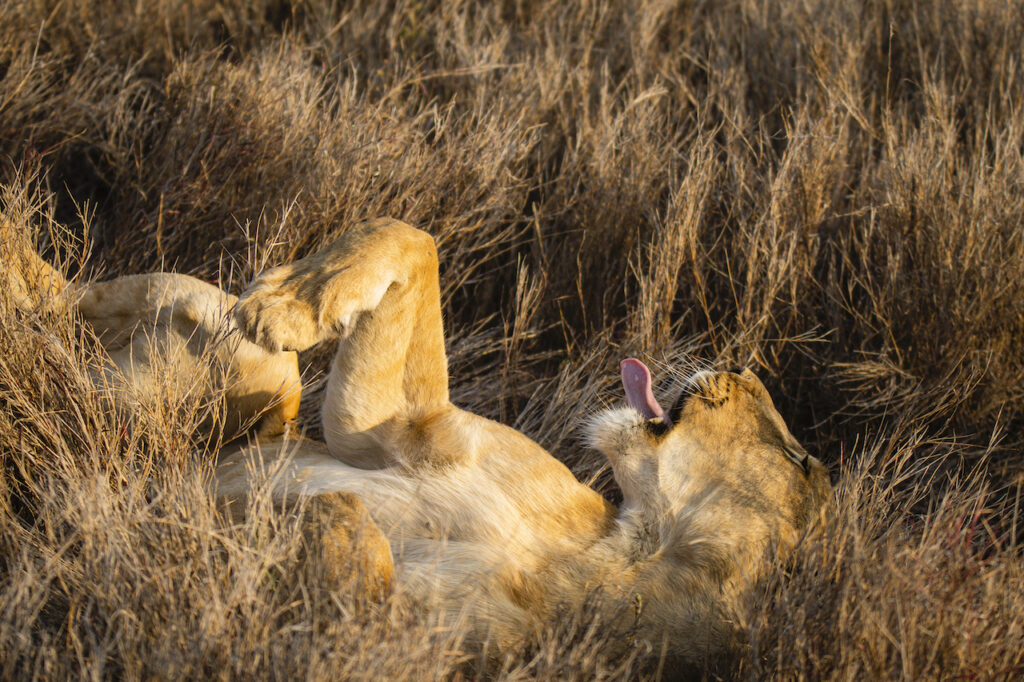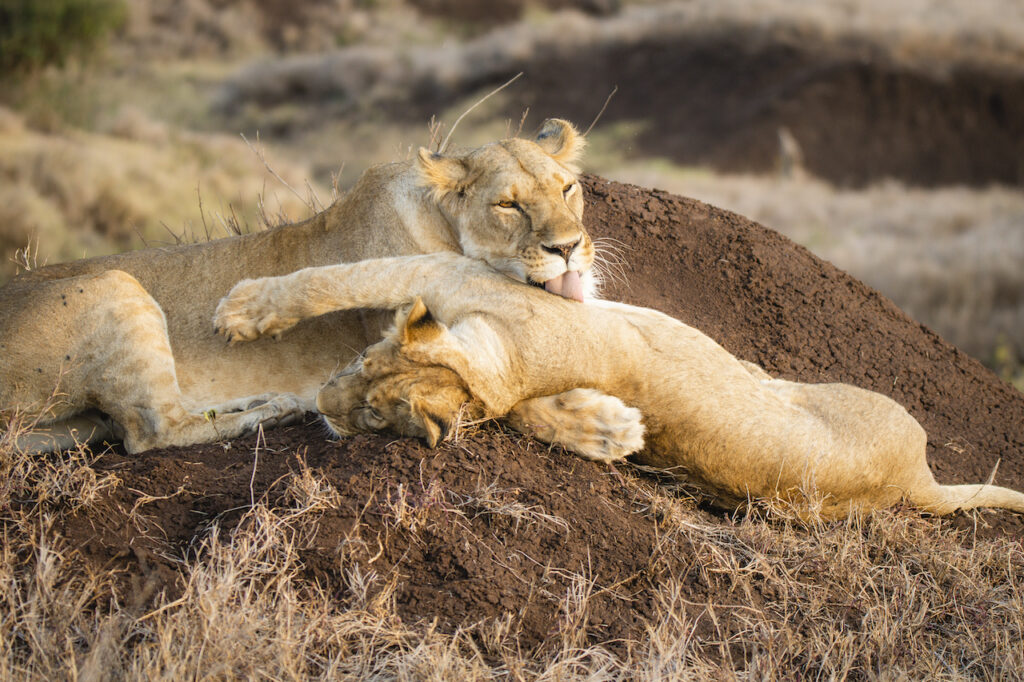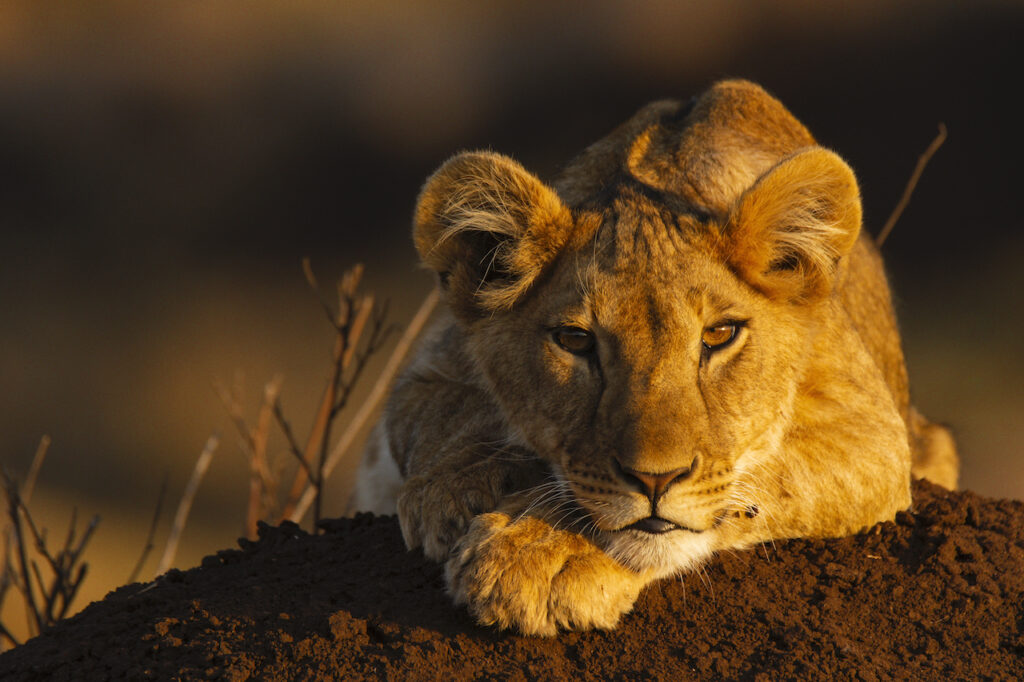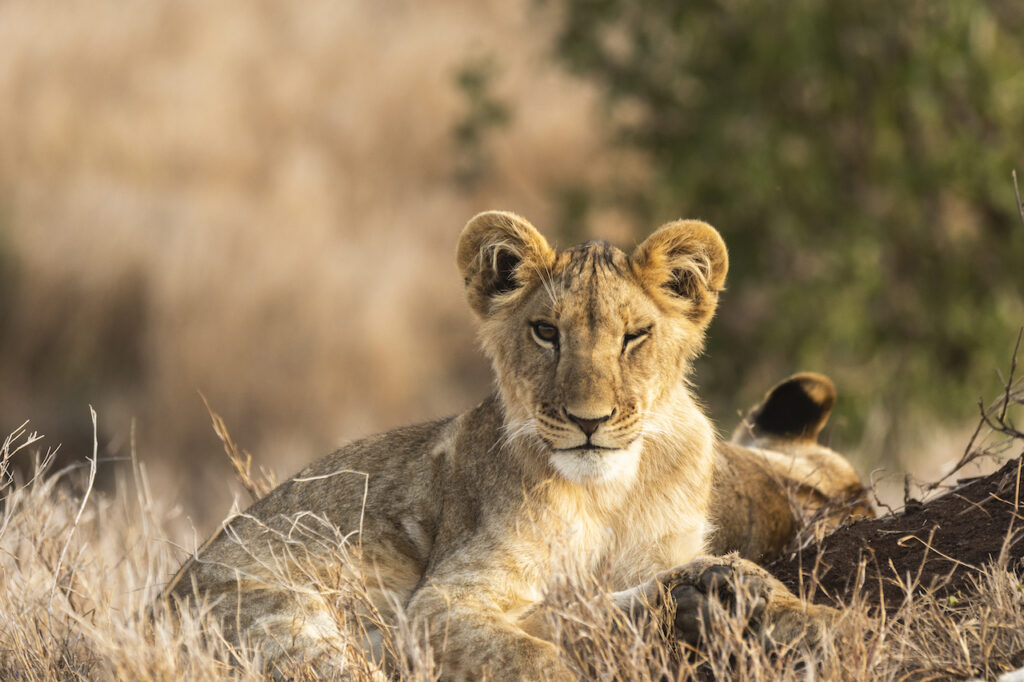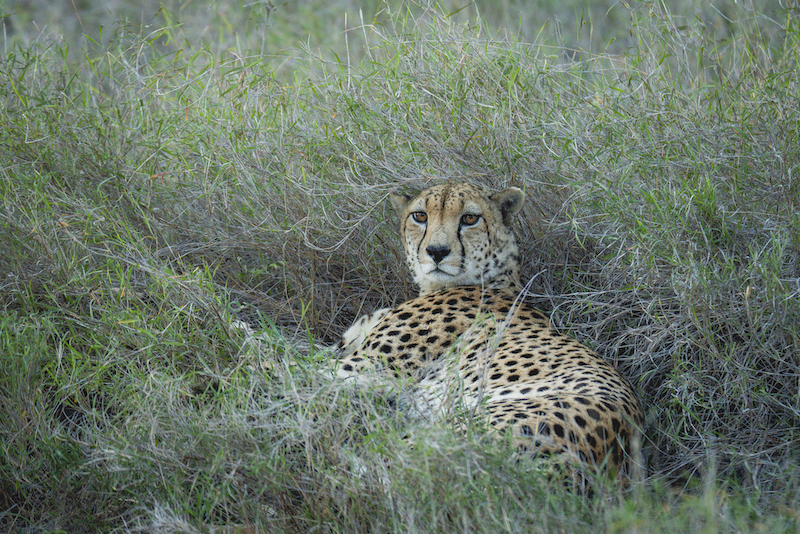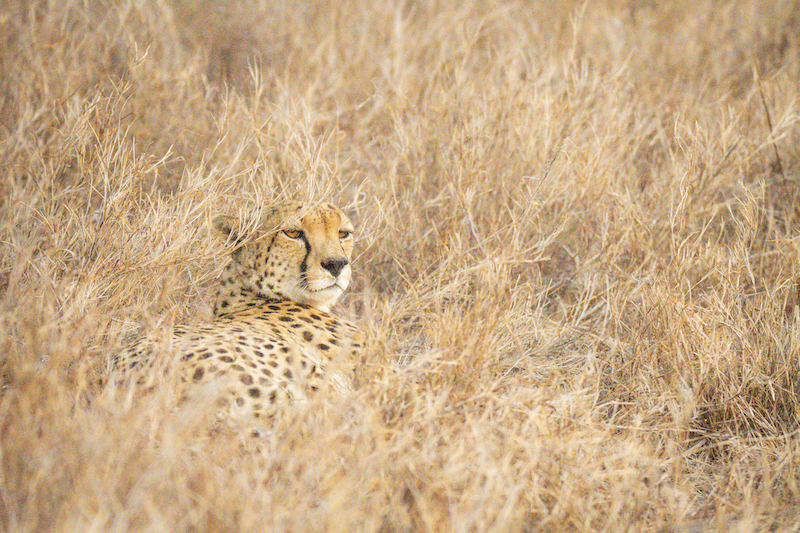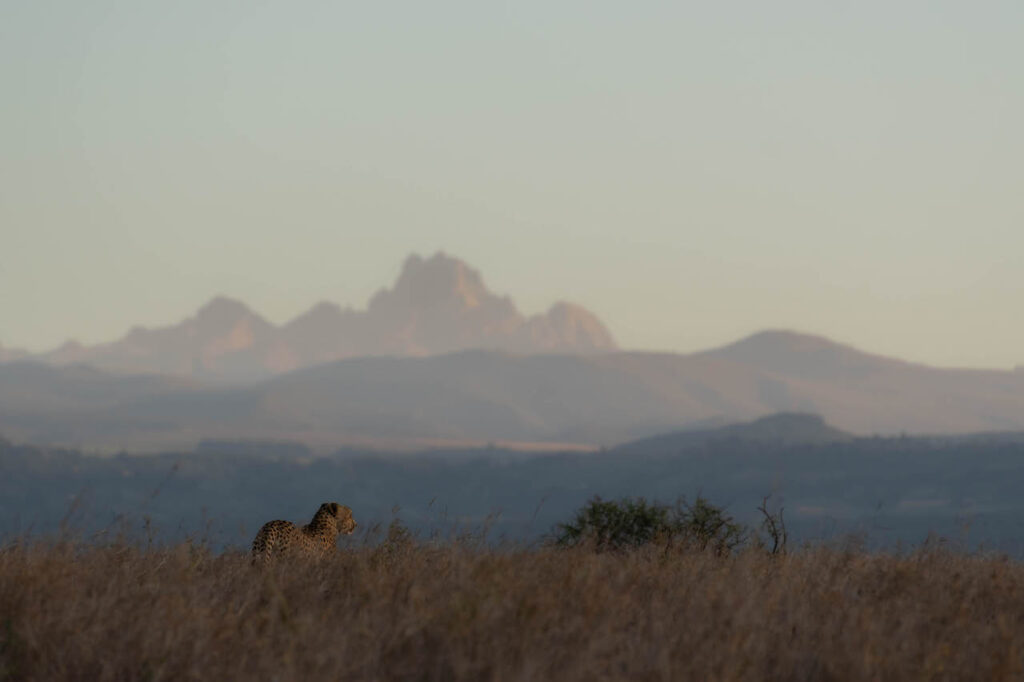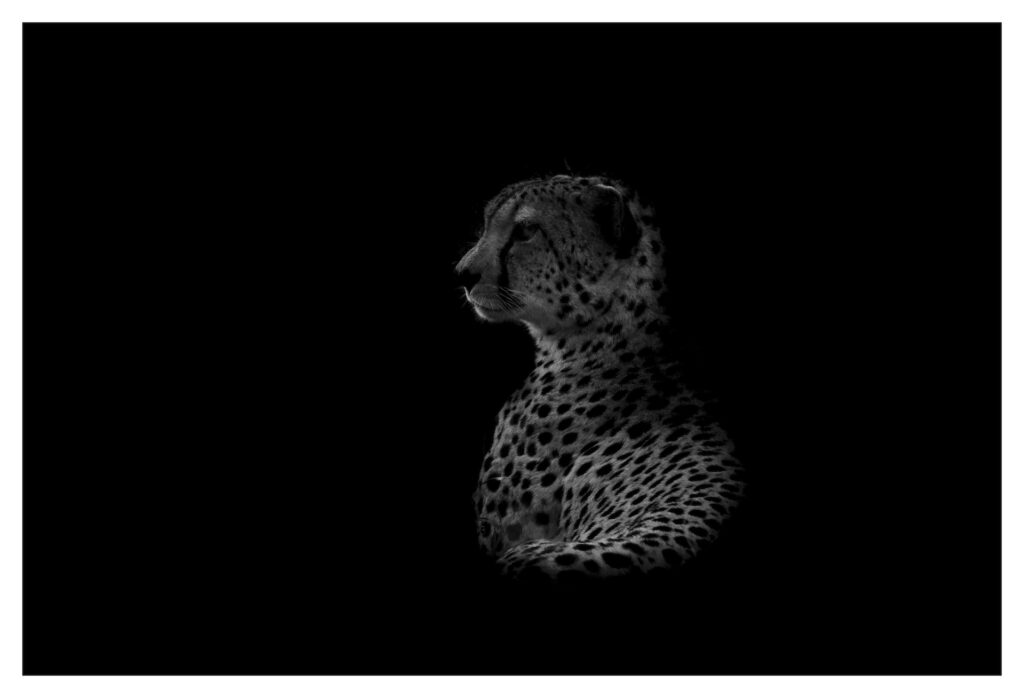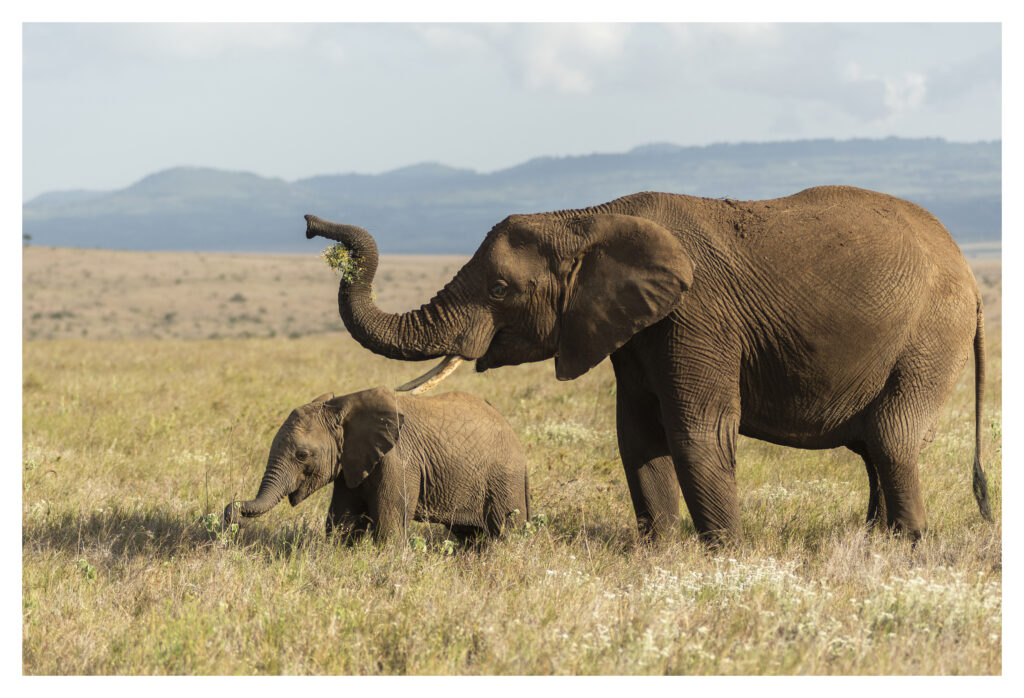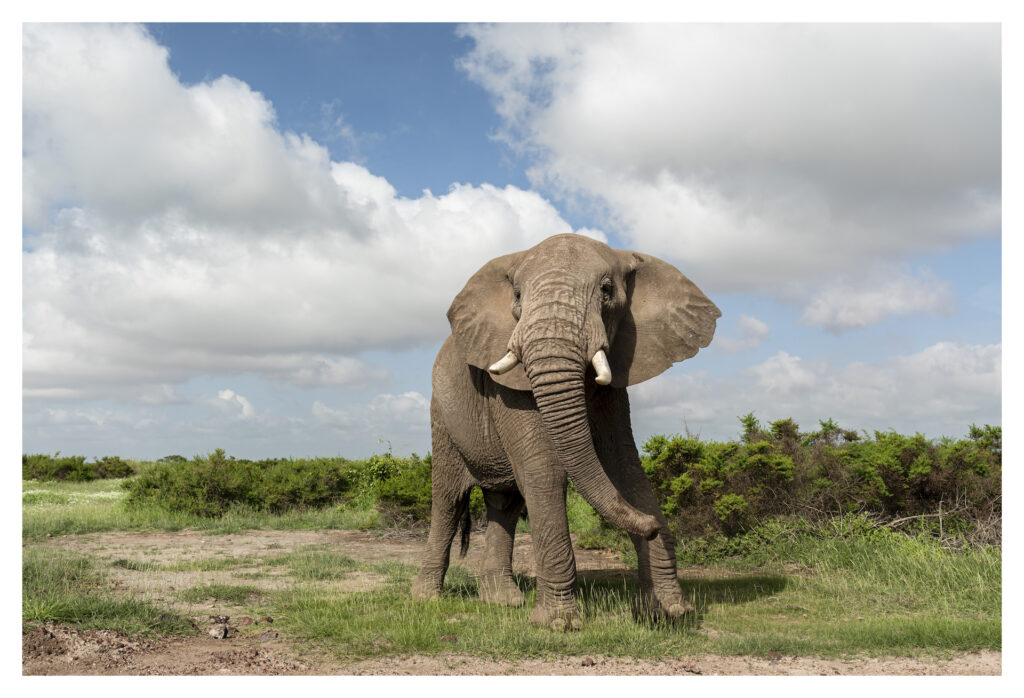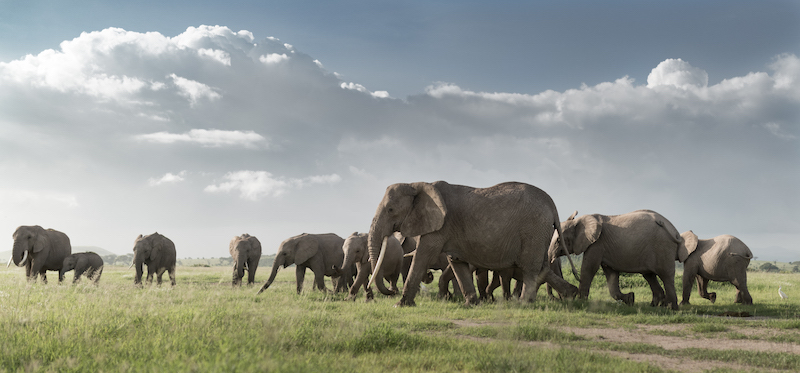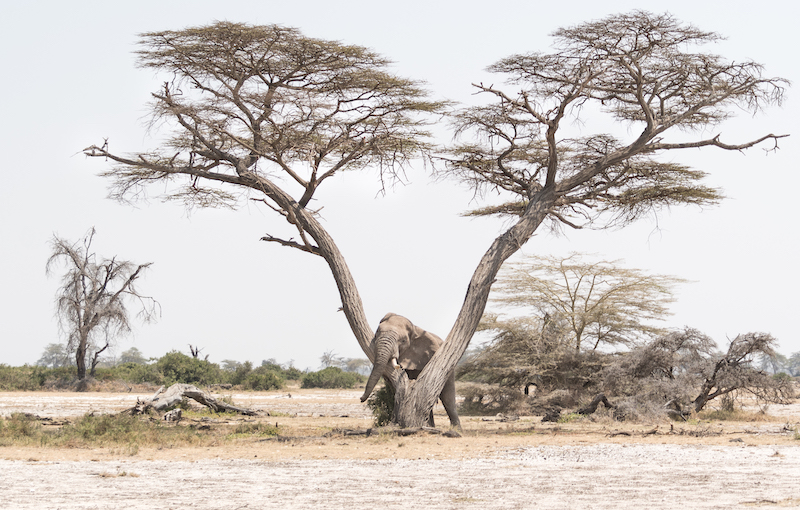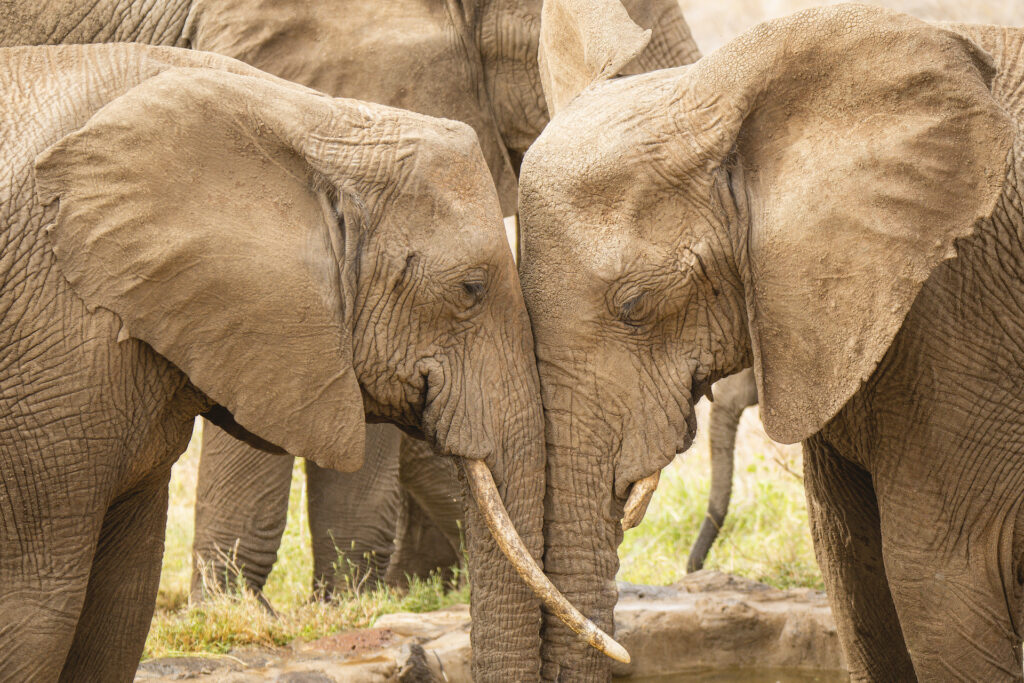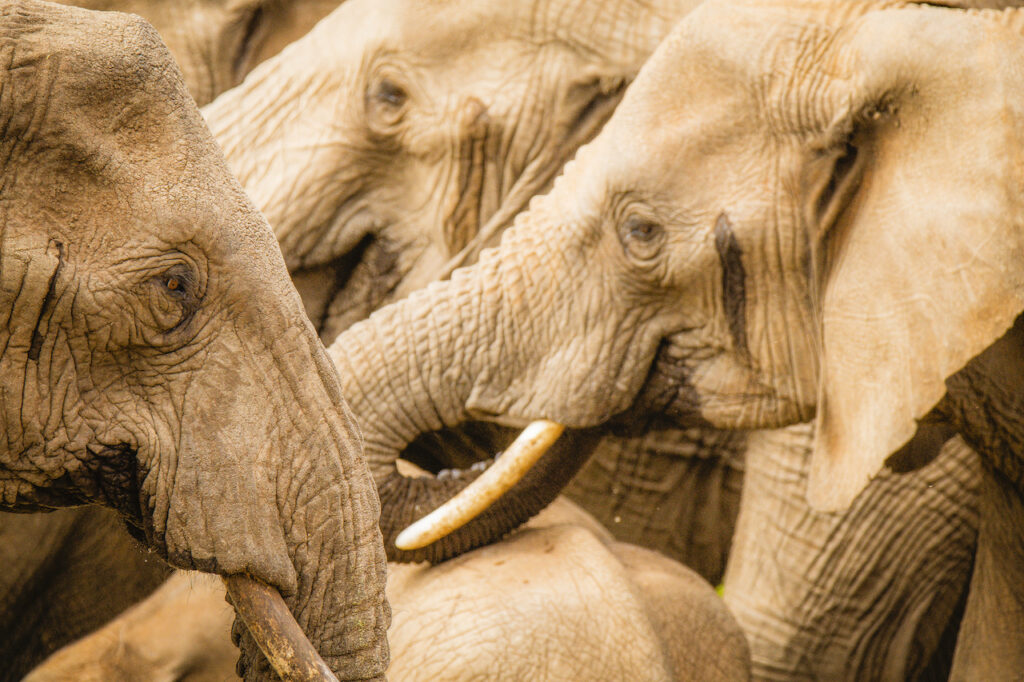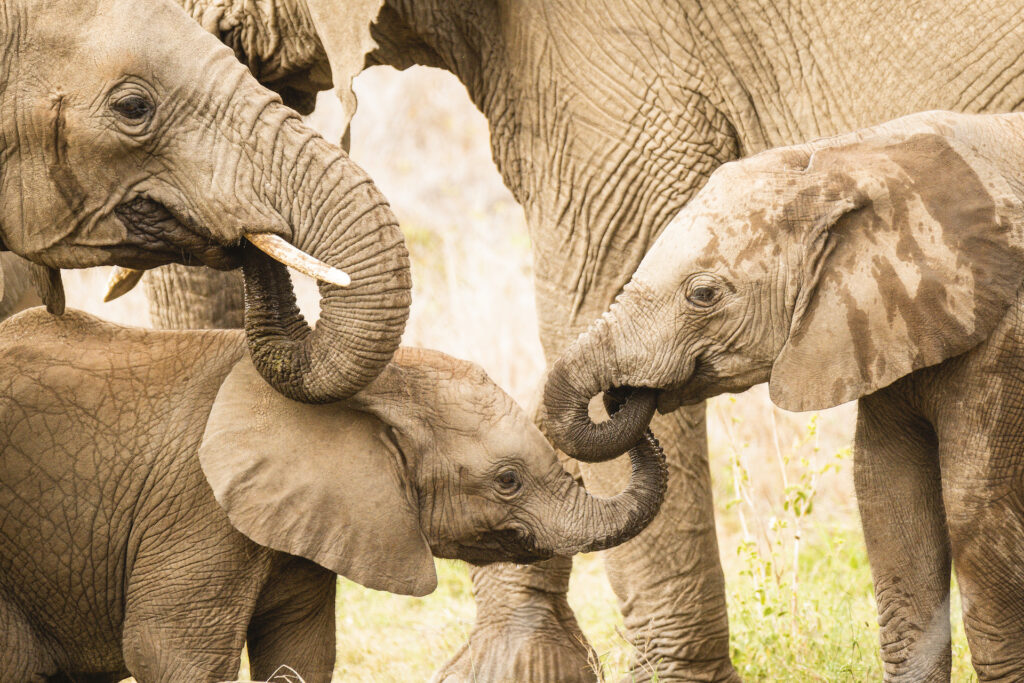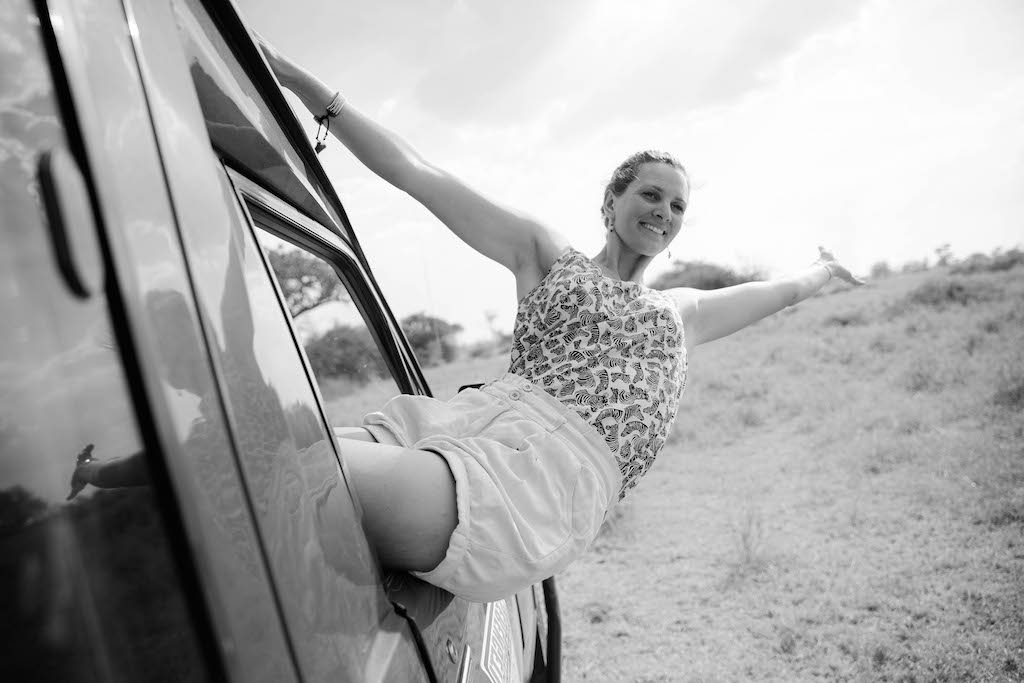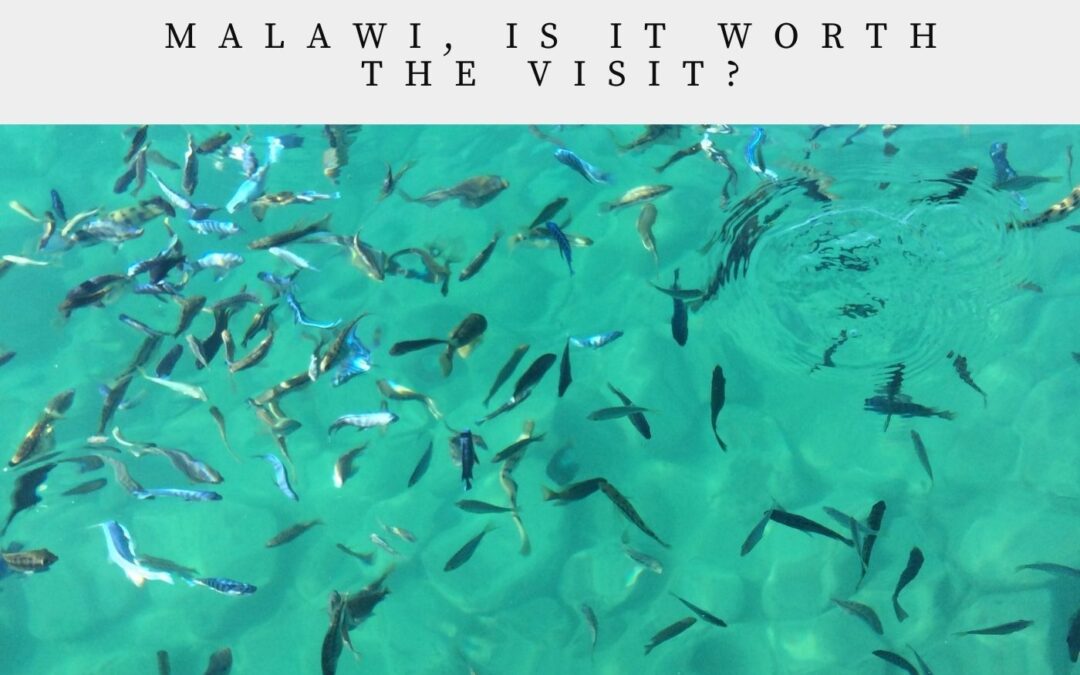
Malawi, is it worth a visit?
Malawi, is it worth the visit?
Malawi, is it worth the visit? If the big five is what you’re after, then maybe Malawi isn’t the place for you. But if crystal clear water, unparalleled sunsets and private wildlife viewings are your priority then Malawi should be number one on your list!
Malawi is a largely overlooked African country when it comes to tourism, in other words, one of Africa’s best kept secrets. Of course, we all love safari and while on safari we all love seeing lions, cheetah, leopards and lots of action. When you think safari you probably think of the Serengeti in Tanzania or the Masai Mara in Kenya, you think of the wildebeest migration, of opportunistic crocodiles and predators waiting in the wings, of endless plains and silhouettes at sunset, great herds of elephants and journeys of giraffe. Although you will not get the concentration of animals in Malawi that you get in Tanzania or Kenya, you will also not get the concentration of people. Well not tourists, the concentration of locals however, is very high!
Private viewings
Having said that, with African Parks now in charge of a number of parks and the reintroduction of 16 species including cheetah, rhino and wild dog, the wildlife sightings in Malawi are definitely on the rise. Even with this being the case, you will never see the hoards of people in the parks that you do in Tanzania and Kenya for example. It is this that makes Malawi so special. When you are on safari in Malawi, 9 times out of 10 you will have sightings to yourself. You can enjoy those moments, just you and the animals. Those heart-pounding moments when you make eye contact when a lion which somehow pierces through to your soul.
When you are surrounded by a herd of feisty elephants (if you have been to Majete you know what I mean), when you find that oh so elusive leopard and you can revel in your luck for as long as you want without anyone disturbing you. When your car overheats and breaks down in the middle of Mejete due to blistering heat – ok so there are drawbacks as well as perks but give me a private viewing of a greater kudu over 10 vehicles tussling and pushing to see lions in the Mara any day.
I lived in Malawi for 4 years, during that time I was able to see a lot of the country. It is true Malawi is a small country, 2.1 times smaller than the UK, but it packs a big punch in terms of places to go and things to do.
[modula id=”280476″]
National Parks
I have already mentioned Majete National Park now a ‘Big Five’ park thanks to African Park’s initiatives. There is also Liwonde National Park which has also benefited from African Parks. African parks, among many other things, have kept poaching down, re-introduced cheetah, relocated black rhino to the park, and increased the number of lions. Liwonde’s magic is the river safari when you can drift by hippos fighting and get sprayed by water as elephants splash and play. Both parks are beautiful and are easily Malawi’s ‘best parks’ in terms of animal concentration. However, there are also many smaller parks including Nkhotokota, Kasungu, Nyika and more. If you want a real feeling of being out in the bush then these should not be missed. However, be warned a lot of them do not have good facilities so be prepared to camp, some places you even have to bring all of your own food as there is nowhere to buy anything. Of course, you do not want to miss the best National Park of all, the reason you come to Malawi, Lake Malawi National Park.
[modula id=”280473″]
Lake Malawi
Lake Malawi takes up almost half the country in size, it is the second deepest lake in Africa and home to more species of fish than any other lake, including 700 species of freshwater cichlids. When standing at the tidal water edge it is sometimes hard to believe it is a lake and not the sea, that is until you see a crocodile nestled on its banks or a pod of hippo submerging and re-emerging from its surface. Of course, the best thing of all is when you go for a swim and are met by beautiful crystal clear freshwater. Lake Malawi is one of my most favourite places on earth, more specifically Cape MaClear on the southern part of the lake.
[modula id=”280462″]
Laid back life
If you have been to Africa you know the pace of life is not exactly fast. If you have been to Malawi you would know if it was any slower everyone would be going backwards. You do not go to the lake for high energy, fast-paced adrenalin rush, you come for a relaxed, tranquil, reset. You can whittle away days, swimming in the lake, snorkelling in with the cichlids, paddle boarding, lounging in hammocks, reading, going on boat trips, watching fish eagles, birding, eating delicious food and sleeping under the stars. Just writing about it is making me want to go back immediately!
Where to stay
If you do go and visit, then there are two lodges I particularly recommend Mgoza Lodge and Warm Heart Adventure Lodge both of these are right on the beach in Cape Maclear, the owners care about sustainability and work together to help the local community. If you’re feeling adventurous there are also 2 islands off Cape Maclear, one budget camping island called Domwe Island and one more ‘luxury’ style island called Mambo Island. Trips to both of these islands as well as other activities around the area can be arranged via Kay the owner of Warm Heart Adventure Lodge. She also organised day activities including kayaking, boat trips, snorkelling, hikes and bike ride.
The people of Malawi
It would be wrong of me to write a blog bout Malawi without mentioning the local people. As I said before there are a lot of them, a population of over 19 million people it is difficult to find a spot to go for a quick wee without someone appearing out of nowhere to catch you with your pants down. Besides there being so many Malawians, they are the reason why Malawi is called ‘The Warm Heart of Africa’. Everywhere you go the people emit a genuine kindness. They are keen to talk to you, to direct you if you are lost, to assist you if you are struggling, to accommodate you if you are without and just to generally help in any way they can. The children love to see you and will run up to you hold your hand and escort you on your way, sometimes for too long so you have to shoo them away so they don’t wander too far from home.
[modula id=”280478″]
Malawi, is it worth the visit?
Poverty
It has to be said that Malawi is a very poor country and people do struggle to get by, many Malawian are farmers and live hand to mouth, they rely heavily, sometimes solely, on the harvest which is determined by the countries rainfall. For this reason, you will find people begging as well as street children, which is always difficult to see.
Don’t get distressed if/when people shout ‘Mzungu’ at you, it means white foreigner, it is not said to offend you. If spending time with the locals is something you wish to do then there are many opportunities for this. There are the usual ‘cultural tours’ where you pay money for an ‘authentic experience’ however I would recommend the ‘old fashioned way. Just talk to people, you can go to the local village, visit the markets, go into churches to listen to beautiful singing.
Local culture
As a general rule men will have a better understanding of English than women in rural areas so it might be best to approach them. Everyone is friendly and most people are not in a rush so will take the time to talk to you. It would also be good if you could try to learn some Chichewa, in particular, greetings as these are very important in the Malawian culture. The greeting is ‘Muli bwanji’ (how are you) to which the response is ‘Nliri bwino, kaya inu? ( I am fine, and you?).
A top tip is to remember is that a lot of Malawians get their ‘r’ and ‘l’ mixed up, so if you are struggling to understand something try swapping these two letters and it might suddenly make sense! Also, be sure to dress respectively when walking around villages, this generally means covering your knees and shoulders.
Other things to do in Malawi
- Mountain Biking – Malawi has a big mountain biking culture and organises events and races, if you don’t want to compete you can just explore the beautiful surroundings on a bike, the terrain is perfect but don’t forget your puncture repair ki
- Hiking Mount Mulanje – There are many routes up Mulanje which is accessible from the southern town of Blantyre. Mulanje stands 3000m high. The mountain club of Mulanje have made a comprehensive guide to climbing Mulanje which can be accessed here
- Volunteering – There are so many places that need your help,. If you’re a teacher you can go to one of the schools, give resources and equipment, talk to the teachers share ideas. If you’re a nurse or doctor you can go to hospitals or clinics, maybe you are a coach, instructor, therapist…the list goes on. If you are going to Malawi on holiday then bring along stationary, books, toys, medical resources etc it will all be gratefully received
- Visit the Tea Estates – Satemwa tea estates are. a beautiful place to visit. you can stay the night at Huntingdon House explore the tea estate, have high tea and play croquet on the ground.
- Play golf with zebra and giraffe roaming around you at Game Haven
- Cultural visits to villages, markets, homes
- Visit historic Livingstonia and stay at Mushroom Farm Eco Farm with unbeatable views
- Chingoni Rock Art World Heritage Site
- Visit the old colonial town of Zomba
- Purchase beautiful pottery at Dedza Pottery
- Watch the mesmerizing dance of the Gule Wamkulu
- Horse Riding along Cande Beach
[modula id=”280491″]
The list goes on… so as you can see there is plenty to do in Malawi. In addition to his, you have a relatively cheap safari, friendly people and a rich culture and traditions. So Malawi, is it worth the visit? In my humble opinion, the answer is yes, Malawi is 100% worth the visit!
Have you been to Malawi, what did you particularly enjoy? Get in contact and let me know if there is anything I have missed!
Sharing is caring
If you have enjoyed reading this post, why not share it for others to read

